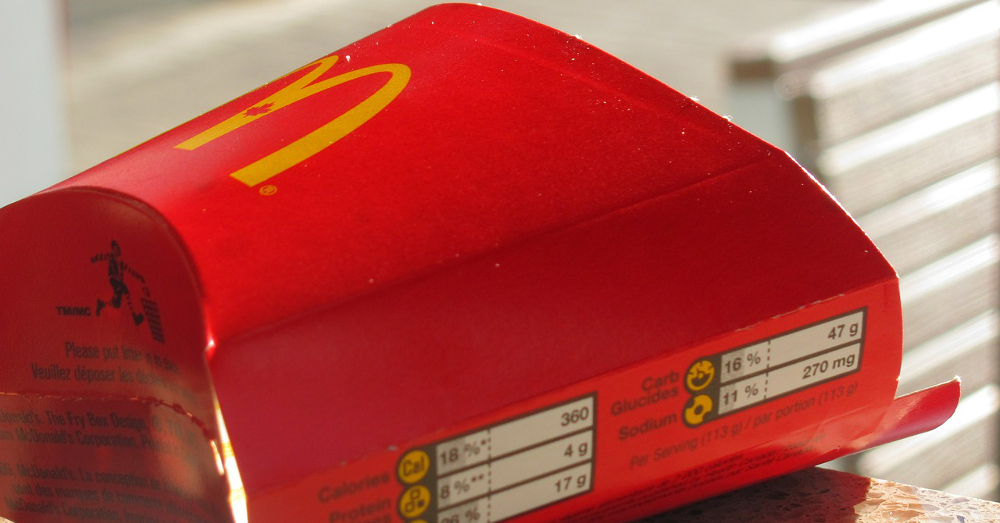
Fast Food With a Side of Fluorinated Chemicals
Fast food packaging from popular spots like McDonald’s and Starbucks contains a potentially harmful chemical that leaches into the food.
February 1, 2017 | Source: Environmental Health News | by Brian Bienkowski
Fast food packaging from popular spots like McDonald’s and Starbucks contains a potentially harmful chemical that leaches into the food.
Looking for some quick calories? Maybe skip the take-out.
About one-third of containers, wrappers and boxes for fast food contain fluorine, which suggests the food may be exposing us to harmful chemicals, according to a study released today.
The scientists tested the food packaging for fluorine, an indicator they contain highly flourinated chemicals, also known as PFAS or PFCs. Such chemicals have a nifty ability to resist grease and stains. But they also can migrate from the packaging into the food and have been linked to cancer, development and immune system problems, low birth weights and decreased fertility.
A sampling of the packages confirmed that some indeed did use highly fluorinated chemicals, including PFOA, a toxic chemical that U.S. manufacturers voluntarily agreed to phase-out in 2011.
The study adds to growing evidence that grabbing a bagel before work, a quick burger at lunch, or a pizza for dinner might expose you and your family to the harmful chemicals.
“Perfluorinated compounds come from a variety of consumer products, and clearly the food wrapping materials likely constitute an important source,” said Phillippe Grandjean, an environmental health researcher and professor at the Harvard T.H. Chan School of Public Health, in an email.
“Limiting our current exposures should be regarded a public health priority,” added Grandjean, who was not involved in the study.
Researchers tested about 400 pieces of food packaging from 27 fast food chains in 2014 and 2015. The samples included popular spots such as McDonald’s, Burger Kind, Taco Bell, Chick-Fil-A. They also tested, and found the compounds at places people might not think of fast food, such as Jimmy John’s, Quiznos, Starbucks and Dunkin’ Donuts.
The restaurants were in or around Boston, Seattle, Washington DC, San Francisco, and Grand Rapids, Mich.
